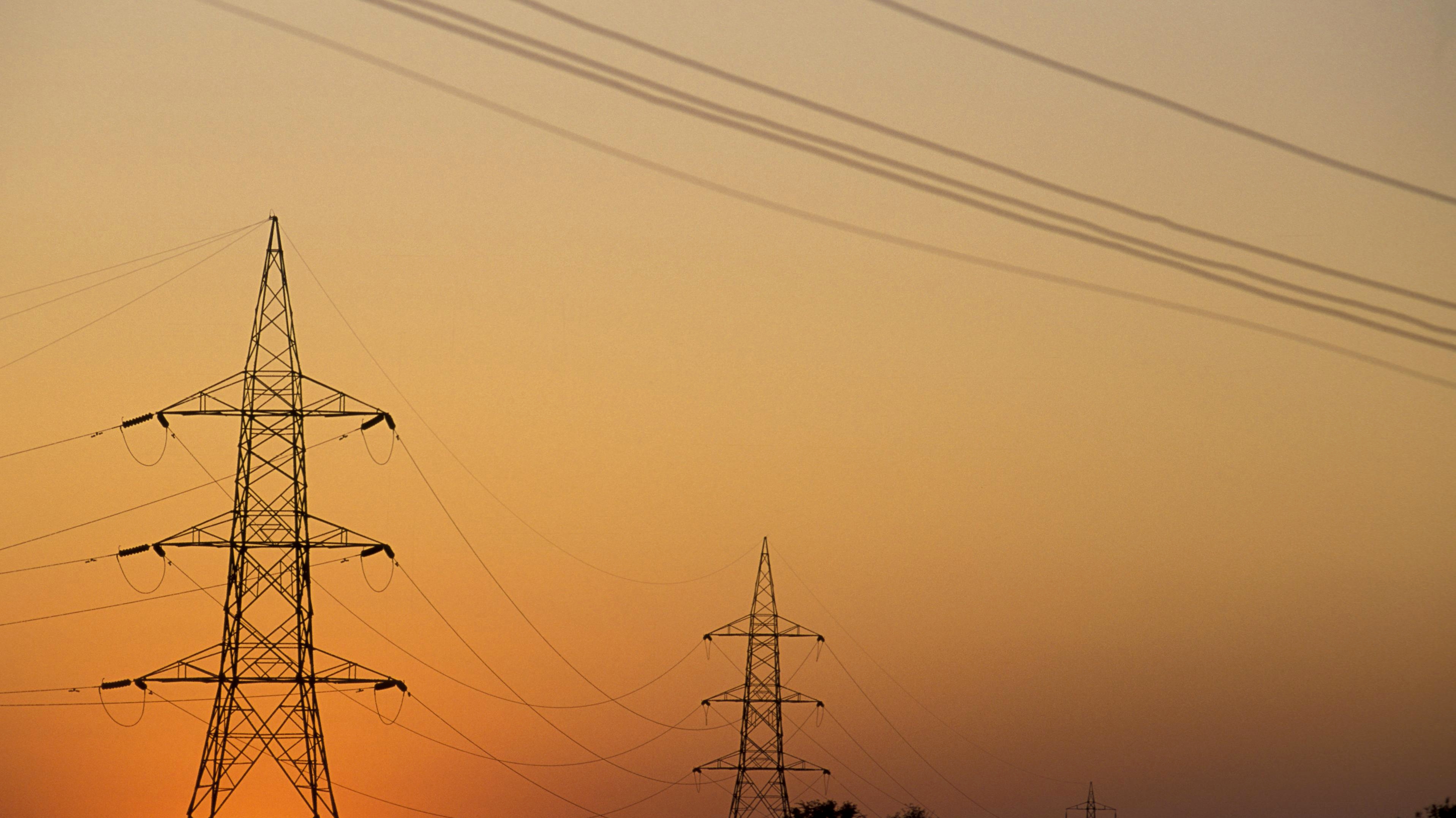Summer temperatures in India were soaring when the World Bank Group released its review of the power sector’s performance over the past two decades. The study, More Power to India: The Challenge of Electricity Distribution, lauds India’s achievements since power sector reforms were initiated in 2003, but highlights bottlenecks that impede the country’s economic growth aspirations.
On the positive side, three quarters of India’s population now has an electricity connection. Generation capacity has tripled, with the private sector playing a substantial role. The government’s efforts to promote clean energy have resulted in a rising share of renewables in the energy mix. Clean energy, which was almost non-existent in India in 1990, now accounts for 12 percent of the total power generated in the country.
Moreover, with the recent linking of the southern part of country, a single state-of-the-art transmission grid now connects India’s vast and diverse landscape.
Mounting debts for power distributors
Yet India’s power supply remains inadequate and unreliable. More than 300 million Indians still live without electricity, some 200 million of them in villages that are considered ‘electrified’.
Even those with electricity connections often get little respite from the grueling summer heat as outages remain frequent and the supply unreliable.
The report finds that while the country has made huge strides in the generation and transmission of electricity, the distribution segment—where revenues originate—has seen mounting debts and continuing losses, affecting the entire value chain.
In fact the sector has had to be bailed out twice, costing the exchequer Rs 350 billion in 2001, and more than four times that—Rs 1.9 trillion—a decade later. The bailout equaled one percent of India’s GDP, and more than the entire GDP of Nepal. Had there been no bailout, these funds could have been used to set up some 15,000 hospitals and 123,000 schools.
Why is the power sector in India so fragile? The Bank Group study attributes its poor performance to many factors: lax governance, a soft regulatory environment, tariffs that have not kept up with costs, power theft, unfunded mandates and pervasive political interference. It concludes that power distribution in India needs sweeping reform if it is to support the country’s economic growth and help meet its goal of expanding access to electricity to all by 2019. Even if capacity improvements since 1991 have made India’s the world’s fifth-largest power system, the country remains home to the world’s largest un-electrified population.
External interference—by state governments—in electricity distribution companies has “a generally detrimental impact” on their ability to effectively manage operations, procurement and recruitment, the study says. Utilities are pressured to avoid raising tariffs and forced to supply below-cost power to agricultural and rural consumers without compensation. In addition, physical distribution losses are extremely high, with almost one-fifth of power supplied not being paid for.
Projections for the 12th Plan period show that even if tariffs rise by six percent a year to keep pace with rising supply costs, annual losses in 2017 could reach Rs 1,253 billion (US$27 billion).
Sector losses are financed by heavy borrowing. In 2011, the sector’s total debt reached Rs 3.5 trillion (US$77 billion), nearly five percent of India’s GDP. The study points out that the continued flow of funds from lenders to “insolvent distribution companies” through 2011 reduced their willingness to make urgently-needed performance improvements.
“Unless utilities are permitted to function as commercial entities, service delivery will not get the attention necessary and the financial sustainability of utility operations will remain an after-thought, leading to periodic bailouts,” said Sheoli Pargal, Economic Adviser, in the World Bank Group’s South Asia Infrastructure Department, and one of report’s authors. “Many factors which constrain performance are within the control of utilities themselves.”
Improve Governance of Utilities
More Power to India focuses on India’s landmark 2003 Electricity Act as a viable framework for institutional governance to improve the performance of the sector, expand access, and ensure sustainability. The study was funded by the World Bank's Energy Sector Management Assistance Program.
“We have to reform governance of the sector to see transformative change,” said More Power to India’s co-author Sudeshna Ghosh Banerjee, a Senior Economist at the World Bank Group. “Today, in addition to the state government, outside stake-holders, specifically the regulators and commercial financial institutions, have a key role to play in creating an operating environment that provides incentives for improved performance.”
A key recommendation of the study is that state regulatory bodies’ autonomy be ensured and respected, and that they be held accountable for their performance.
Show Zero Tolerance for Power Theft
Another aspect of India’s power distribution problem is the widespread feeling among consumers that they are entitled to free power, adopting the “Kaatiyabaaz” culture of tapping electricity from the grid without paying. Again, political interference often undermines the utilities’ ability to tackle theft or even the collection of bills.
To summarize, the report makes three key recommendations:
- Fully implement the Electricity Act mandates, especially those on competition and distribution, namely tariffs, open access, and performance standards.
- Ensure regulatory autonomy, effectiveness and accountability for utilities and regulators.
- Insulate utilities from state governments to prevent interference with internal operations.

